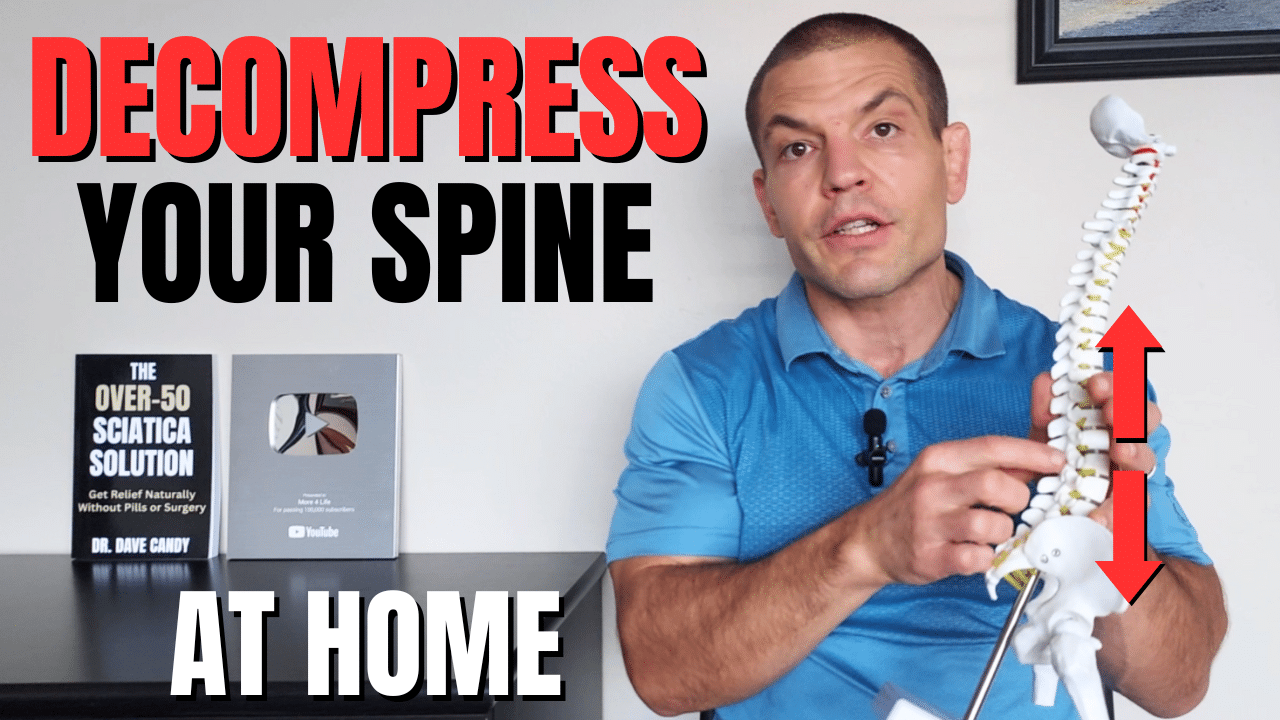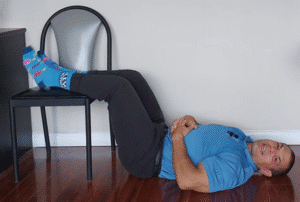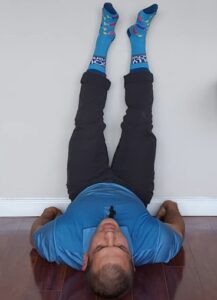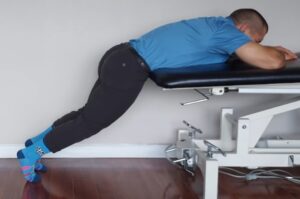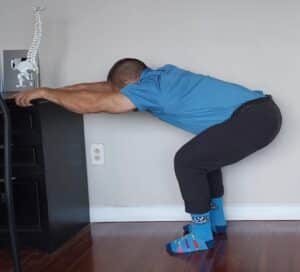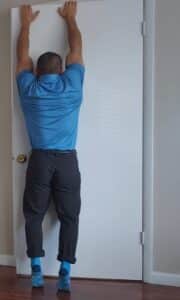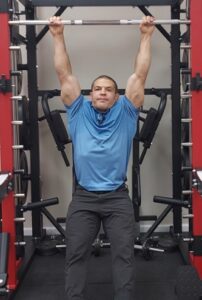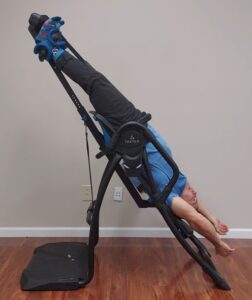If your suffer from back pain or sciatica the longer you're on your feet, spinal decompression may help. Watch the video to learn 7 ways to decompress your spine at home.
Who Benefits From Spinal Decompression?
Any back problem that worsens the longer you’re upright may benefit from decompression.
Gravity constantly presses down on your spine throughout the day, which can put pressure on joints, discs, and nerves.
Conditions like herniated or degenerative discs, spinal stenosis, spinal arthritis, and sciatica are often gravity-sensitive and may feel better with decompression.
1. Feet on a Chair
One of the simplest ways to decompress your spine at home is lying down with your feet on a chair. Position your hips and knees at about 90 degrees.
This helps relax your lower back muscles and flattens your spine against the floor. If the floor is difficult, you can also lie on the couch or in bed with a bolster under your legs.
2. Legs Up the Wall
For extra decompression, scoot close to a wall and rest your legs straight up against it. Let your toes point outward to avoid irritating your sciatic nerve.
The gentle traction from your heels against the wall while your back relaxes into the floor adds decompression. Hold for 3–5 minutes or as long as it feels good.
3. Lying Over the Side of the Bed
Lie face down on your bed with your waist at the edge and feet on the floor. Let your knees bend slightly so your lower body gently hangs off the bed.
Gravity pulls your legs down while your upper body stays supported, creating decompression especially at the L4–L5 and L5–S1 levels where many people have back problems.
4. Counter Traction
Grab a sturdy surface like a kitchen counter, lean back, and let your weight pull away from it. You can bend your knees slightly or even squat if comfortable.
This creates a gentle traction force through your spine. Make sure to hold onto something solid and stable.
5. Doorway Traction
Stand in an open doorway and grab the top frame. Let your knees bend and allow your body to sag downward.
This uses gravity to pull your lower body down while your hands support your upper body, decompressing your spine. Hold as long as comfortable—your grip will likely give out first.
6. Hanging from a Pull-Up Bar
If you have access to a pull-up bar, you can also hang for spinal decompression. A full dead hang may be uncomfortable, so keep your toes on the floor or rest your feet on a chair in front of you.
This places your spine in a slight flexion, opening up spaces between joints and relieving nerve pressure. Start with short hangs and build up.
7. Inversion Table
If you find these techniques helpful and want to sustain them longer, consider an inversion table. This device allows you to tilt backward at a controlled angle, using gravity to decompress your spine.
You don’t have to go fully upside down—many people find partial inversion provides enough relief. Start slowly and increase the angle as tolerated.
Final Thoughts
These are 7 easy ways to decompress your spine at home. The good news is that they’re quick, effective, and often free or inexpensive.
The bad news is that they usually provide only temporary relief, since gravity is always working on your spine.
To find long-term relief from back pain or sciatica, it’s important to address the underlying reasons why your spine has become sensitive to gravity. That may involve strengthening, posture correction, or other therapeutic strategies.
Still, these decompression techniques are safe, easy to try, and may help reduce your pain so you can move more comfortably at home.
Need More Help To Relieve Sciatica?
If you'd like more help to relieve sciatica, check out my book: The Over 50 Sciatica Solution.

Inside, you'll find:
- Clear explanations of sciatica for people over 50
- A do-it-yourself assessment to better understand your symptoms
- Natural relief strategies beyond just exercises

